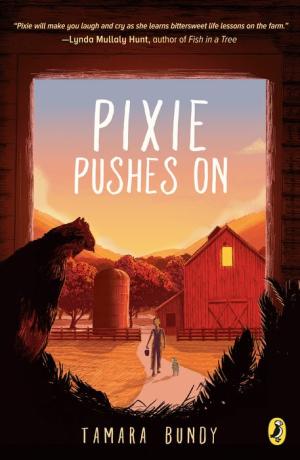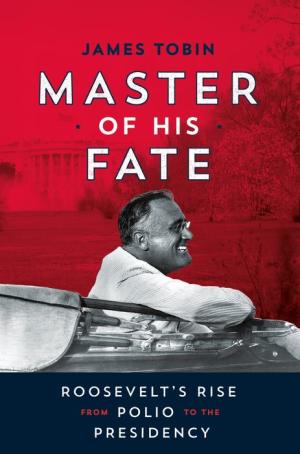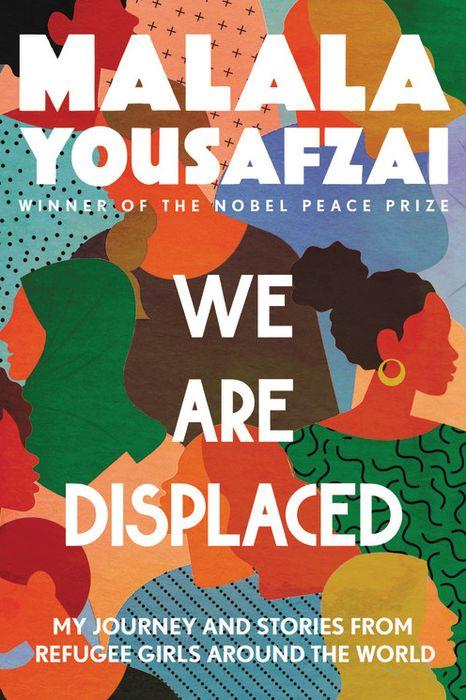The Perfect Pairing: Historical Fiction & Nonfiction for Tweens, a guest post by Susan J. Austin

What I love most about writing historical fiction for middle grades is bringing alive periods, people, events and places in compelling ways. Unfortunately, far too many kids think of history as a list of facts and dates, unconnected to their lives when the opposite is true. Historical fiction helps them see that the past is closer to the present than they ever imagined, that the lives of people who lived long ago are not so different from their own.
In my new book, Drawing Outside the Lines, we meet brilliant, fearless, and ambitious young Julia Morgan growing up in Victorian Oakland, California. The focus of the story is on her early years, before becoming the legendary architect we know today. We watch as she clings to the unlikely dream of becoming an architect in the late 1800s.
ADVERTISEMENT
ADVERTISEMENT
What was it like to be a young girl during this time? What did Oakland look like? How did people travel, dress, talk? What were the expectations for young girls? What were the consequences if they ignored those expectations?
In developing Julia’s story, I drew on a variety of primary and secondary sources. From these I uncovered intriguing details of the period—clothing styles, housing options, food choices, technology, transportation, language, and more. Just as these sources helped me craft my story, nonfiction when paired with historical fiction, provides middle grade readers with a unique experience. Such pairing can:
- inspire critical thinking through making connections and broadening perspectives
- build vocabulary
- build and exploring a thematic bridge between the two genres
- promote a more sophisticated sense of the background facts for a fiction book
- provide an authentic way to integrate Language Arts, Science and Social Studies.
Pairing books is similar to pairing wine with food. In finding the right wine for a particular meal, one must first consider specific characteristics of the food, such as its richness or texture. In pairing nonfiction and fiction, we also look for complementary components, in this case a common theme or thread.


Let’s use Drawing Outside the Lines as an example. Based on the theme “STEM Women in Architecture” the following two nonfiction books offer an ideal pairing for my Julia Morgan book.
Maya Lin: Thinking with Her Hands (Middle Grade Nonfiction Books, History Books for Kids, Women Empowerment Stories for Kids), Susan Goldman Rubin, 2017.
This biography tells the story of architect Maya Lin, from her struggle to stick with her vision of the Vietnam Veterans Memorial in Washington, DC, to the wide variety of work she has created since then.
Women of Steel and Stone: 22 Inspirational Architects, Engineers, and Landscape Designers (Women of Action Series), Anna M. Lewis, 2014.
For young people who love to design, build, and work with their hands, Women of Steel and Stone tells the stories of 22 female architects, engineers, and landscape designers from the 1800s to today.
Examples of Other Paired Historic Fiction & Nonfiction
No matter which you select first, historical fiction or nonfiction, identifying the theme will guide you to appropriate paired choice. Following are a few examples:


Theme: The Development of the Atomic Bomb
Fiction
The Green Glass Sea, Ellen Klages. 2008.
It’s 1943, and eleven-year-old Dewey Kerrigan arrives in Los Alamos, New Mexico to where mathematicians from America and Europe work on the biggest secret ever—”the gadget.”
Nonfiction
Bomb: The Race to Build–and Steal–the World’s Most Dangerous Weapon, Steve, Sheinkin, 2018.
The fascinating and frightening true story of the creation behind the most destructive force that birthed the arms race and the Cold War.


Theme: The Bubonic Plague
Fiction: Chasing Secrets: A Deadly Surprise in a City of Lies, Gennifer Choldenko, 2016.
In this medical mystery, Choldenko deftly combines humor, tragedy, and fascinating historical detail in this story set in 1900 San Francisco.
Nonfiction: The Horror of the Bubonic Plague (Deadly History), Claire Throp, 2017.
Explores the history of the bubonic plague, from causes and effects to what made this period of history so deadly.


Theme: Polio
Fiction: Pixie Pushes On, Tamara Bundy, 2012.
A young girl learns bittersweet life lessons on the family farm after her sister gets polio, in this middle grade novel set in the heartland in the 1940s.
Nonfiction: Master of His Fate: Roosevelt’s Rise from Polio to the Presidency, James Tobin, 2021.
A middle-grade biography of Franklin Delano Roosevelt, with a focus on his battle with polio and how his disease set him on the course to become president.


Theme: The War in Vietnam
Fiction: Inside Out and Back Again, Thanhha Lai, 2013.
Ten-year-old Hà has lived her whole life in Saigon but when the Vietnam War reaches the capital, Hà and her family are forced to flee. They make their way by boat to a tent city in Guam, and finally to a new home in Alabama where must Hà find her place in this new world.
Nonfiction: Boots on the Ground: America’s War in Vietnam, Elizabeth Partridge, 2018.
With more than 100 photographs, quotes, poems, and songs, Partridge captures the intensity, frustration, and lasting impacts of the Vietnam War.


Theme: Immigration Stories
Fiction:
A Long Walk to Water, Linda Sue Park, 2011.
ADVERTISEMENT
ADVERTISEMENT
Two stories, told in alternating sections about two eleven-year-old refugees in Sudan, who cover the African continent on foot in search of their families and a safe place to stay.
NonFiction:
We are Displaced: My Journey and Stories from Refugee Girls Around the World,
Malala Yousafzai, 2021.
Malala explores her own story but also shares the personal stories of the incredible girls she has met on her journeys—girls who have lost their community, relatives, and often the only world they have ever known.
Here’s to you! Pair wisely & often!
Meet the author

As an educator, Susan J. Austin knows the minds of young readers. Her first novel, The Bamboo Garden, is set in Berkeley, California, 1923, and describes an unlikely friendship between two girls that is tested by a fierce fire that threatens to destroy their town. Currently, she is writing about twelve-year-old Goldie, a whiz kid in the kitchen who hopes that her culinary magic can help her family’s delicatessen out of a pickle in 1928 Hollywood. Her characters are always brave, strong willed risk-takers. Writing historical fiction offers her a way to educate and excite her readers about the past. She and her husband live in Northern California, surrounded by family, their splendid but fussy rose bushes, and a lifetime collection of books. Learn more at www.susanjaustin.com.
About Drawing Outside the Lines: A Julia Morgan Novel
Meet the brilliant, fearless, and ambitious Julia Morgan. In 1883, eleven-year-old Julia visits the amazing new Brooklyn Bridge—an experience that ignites within her a small but persistent flame. Someday, she decides, she too will build an astounding structure.
Growing up in horse-and-buggy Oakland, Julia enjoys daring fence walks, climbing the tallest trees, and constantly testing her mother’s patience with her lack of interest in domestic duties and social events. At a time when “brainy” girls are the object of ridicule, Julia excels in school and consistently outsmarts her ornery brothers—but she has an even greater battle ahead. When she enrolls at university to study engineering, the male students taunt her, and the professors belittle her. Through it all, however, Julia holds on to her dream of becoming an architect. She faces each challenge head-on, firmly standing up to those who believe a woman’s place is in the home. Fortunately, the world has yet to meet anyone like the indomitable Miss Morgan.
Drawing Outside the Lines is an imagined childhood of pioneering architect Julia Morgan, who left behind her an extraordinary legacy of creativity, beauty, and engineering marvels.
ISBN-13: 9781684631599
Publisher: Sparkpress
Publication date: 10/18/2022
Age Range: 10 – 14 Years
Filed under: Guest Post
About Amanda MacGregor
Amanda MacGregor works in an elementary library, loves dogs, and can be found on Twitter @CiteSomething.
ADVERTISEMENT
ADVERTISEMENT
SLJ Blog Network
Name That LEGO Book Cover! (#53)
Cover Reveal and Q&A: The One and Only Googoosh with Azadeh Westergaard
K is in Trouble | Review
Fighting Public School Book Bans with the Civil Rights Act
ADVERTISEMENT







